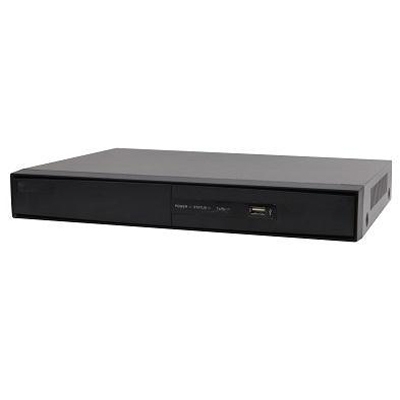Siqura, a global supplier of advanced video surveillance solutions, recently announced the release of EVE, a new range of plug-and- play video encoders. EVE encoders are small, affordable and easy-to-use devices that digitise analogue video signals and send them directly over any IP network. EVE is the first encoder to support 960H-enhanced video streams. Analogue surveillance systems are closed circuits that tie you to the location where they are used. IP technology, on the other hand, paves the way to full connectivity: it allows you to transfer video to any destination you want. That means live footage can be viewed in the central control room, while a duplicate stream is sent to a remote recorder or to the mobile device of one of your operators.
Flexibility, scalability, a higher level of data security: the advantages of IP are very exciting indeed. EVE encoders complement this functionality with a number of features that are normally only found in high-end devices, such as 960H resolution, image quality enhancement (motion-adaptive deinterlacing, 3D noise filter, fog correction) and proven interoperability with third-party systems.
EVE comes in three different flavours. EVE ONE lets you migrate to IP one camera at a time. All one need to do is fit this compact single-channel video encoder into the housing or connection box of your analogue camera and can operate that camera from anywhere. Looking for extra surveillance power? EVE FOUR upgrades four analogue cameras to IP, while EVE 4x4, a sixteen-channel rack encoder, is the perfect replacement for your DVR or analogue video switcher.
“Many companies relying on analogue video surveillance are looking for ways to tap into the huge potential offered by IP technology,” says Roger Decker, Managing Director at Siqura. “However, a full-blown migration is something not all can afford. With EVE, customers can make the move from analogue to digital at a rate that suits their budget. These cost-effective encoders give them all the benefits of IP while protecting the investment they have made in their existing infrastructure.”























